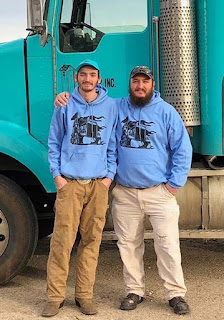How Do Septic Systems Work?
ASAP Septic is an industry leader here in Boise, Idaho. We take our job very seriously and make it a top priority to provide high-quality service so we can keep your septic system running smoothly. Today, we'll be sharing the basics behind how a septic system works.
The General Idea
Most people know the basic idea behind septic systems: a home or business with a septic system isn't hooked up to municipal water, which means that wastewater from sinks, showers, dishwashers, washing machines, and toilets isn't carried away to a wastewater treatment plant. Instead, the wastewater is flushed into a septic tank, where waste is stored.
This is all accurate, but there's a little more to the story. First, let's talk about the difference pieces and parts of a septic system.
The Equipment
Although not all septic systems are the same, here are some basic parts that most septic systems will have:
- Inlet: the main drain line that wastewater from the house passes through to reach the tank
- Inspection ports, or caps: openings at the top of the tank that allow access for septic tank pumping or inspections
- Outlet: a pipe that allows water to leave the tank to the distribution box
- Distribution box: the starting point of the leach field. The outlet feeds into it, and the number of pipes branch off of it.
- Leach field: also called the drain field. A network of perforated pipes that allows water to drain back into the soil




Comments
Post a Comment